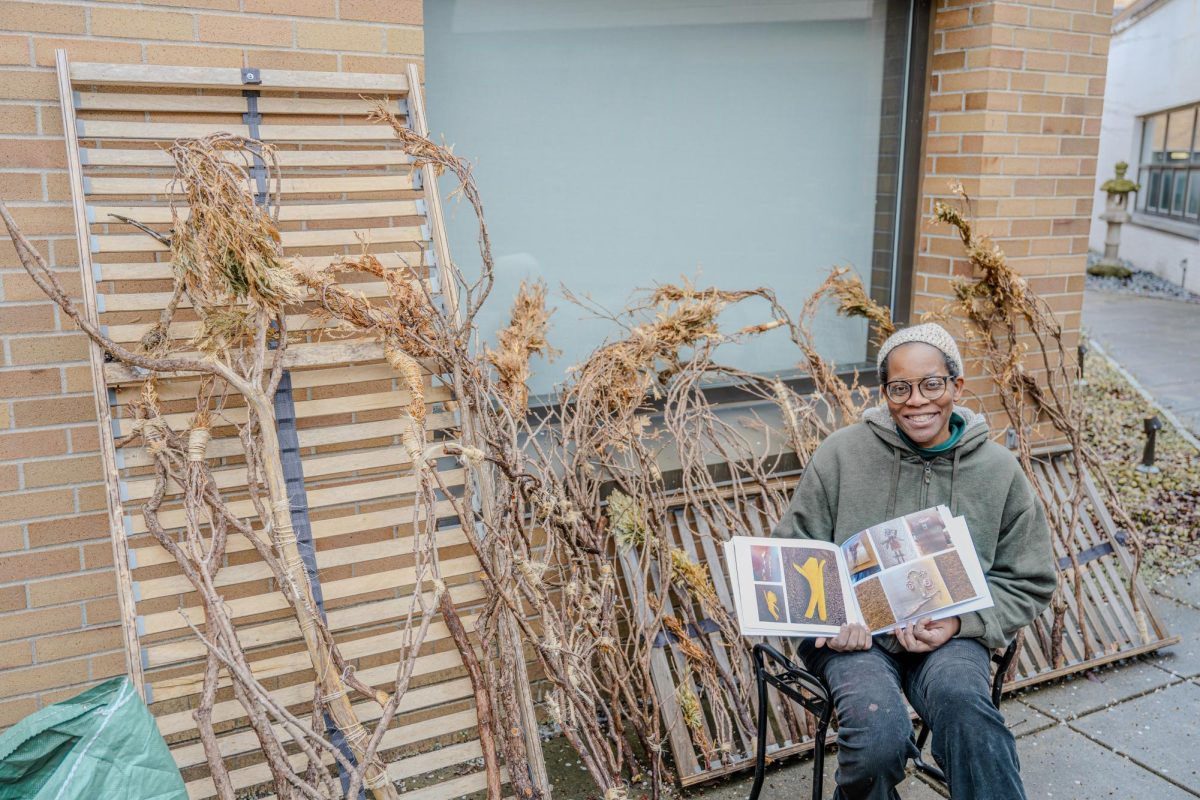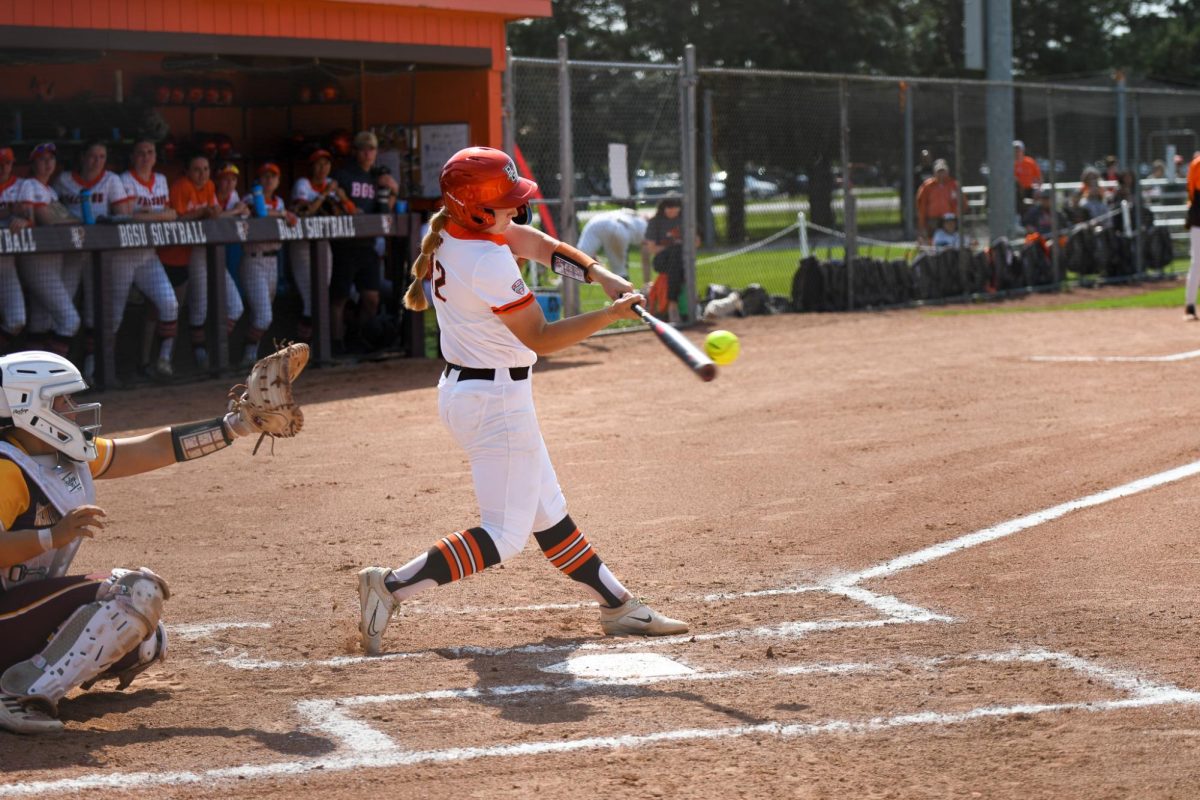I seldom enjoy gallery shows for the simple fact that they don’t hold my attention. The previous shows I have visited have been centered around artists I have never heard of. I, as a photography concentration at the University, have surprisingly little knowledge about artists who do not mingle with the photographic arts.
Because of this I find it difficult to concentrate on a painting I know little about. On top of all of this are the typical downfalls of the gallery show. The typical gallery show is always smaller than expected, way overpriced and that feeling of being watched by the gallery guards is enough to make me not want to go at all. Nonetheless, I decided to visit the van Gogh Fields exhibit at the Toledo Museum of Art.
My first reaction was to the setup of the show. Walking through the show doors you can’t help but notice the painting directly in front of you. Perhaps, in my mind, one of the most recognizable subjects van Gogh painted, by himself. The first painting is a self-portrait done in oil paints on cardboard. It is a spectacular piece, and the only one in that section of the room. I was not surprised that there seemed to be a lack of art when entering the show.
As I have stated before, one of my usual criticisms of art shows is the lack of actual art. While my first reaction seemed to be correct, it was completely without basis. The further you wander through the show, the more art becomes visible. By the time I was at the end of the show, 53 minutes later, I was standing in a room with at least six of van Gogh’s masterful paintings.
The sequence of the paintings was also deceiving. I figured a show called van Gogh Fields would have paintings of fields. Instead my eyes focused on a number of paintings of people. One in particular, peasant man and woman planting potatoes 1885, caught my eye. This was not at all what I remembered van Gogh to be. The colors were dark and muted. Reds, blues and greens were all evident in the painting, but all contained a brownish overcast. A far cry from the self-portrait I had first seen.
Through research I have found out that this painting was a precursor to van Gogh’s famous painting titled The potato Eaters 1885. Both of these paintings show van Gogh’s empathy with the poverty endured by the coal miners he knew in the Borinage region of southern Belgium. While these first paintings were drab and dark, both in color and subject, the show quickly reclaimed its name: van Gogh Fields. The next two rooms are filled with beautiful, brightly colored, immensely textured paintings. Works, such as View of Arles, with Irises, 1888 (21¼ X 25½) and Ears of Wheat, 1890, represent the time in van Gogh’s life when he stayed in Arles, Saint-Remy and Auvers-sur-Oise until his death in July of 1890.
As I left the van Gogh Fields exhibit, my mind wandered back to that first painting I had encountered at the exhibition door, van Gogh’s self-portrait. I believe this one painting exemplifies the entire van Gogh show. The colors, tones and especially the texture are found throughout the entire show.
It is so true that van Gogh was a master of color and texture. He recreated it over and over again throughout the works of the exhibition.
As I wandered throughout the rest of the Toledo Museum of Art, I found myself with a whole new outlook on art galleries. I suppose van Gogh is to credit for this. For some reason his works inspired me to look at art more deeply and really feel the emotion and love artists have for their subject. I would encourage everyone to attend this exhibit and truly feel the emotion that is held in van Gogh’s fields.
VAN GOGH FIELDS
WHERE: Toledo Museum of Art, 2445 Monroe St., Toledo
WHEN: Tuesday-Thursday, 11 a.m.-4 p.m.; Friday, 11 a.m.-10 p.m.; Saturday, 10 a.m.-4 p.m.; and Sunday, 11 a.m.-5 p.m.
COST: Adult, $10 (with audio tour), $6 (without audio tour); university students with ID/ students/children, $9 (with audio tour), $5 (without audio tour).
ON THE WEB: toledomuseum.org


















